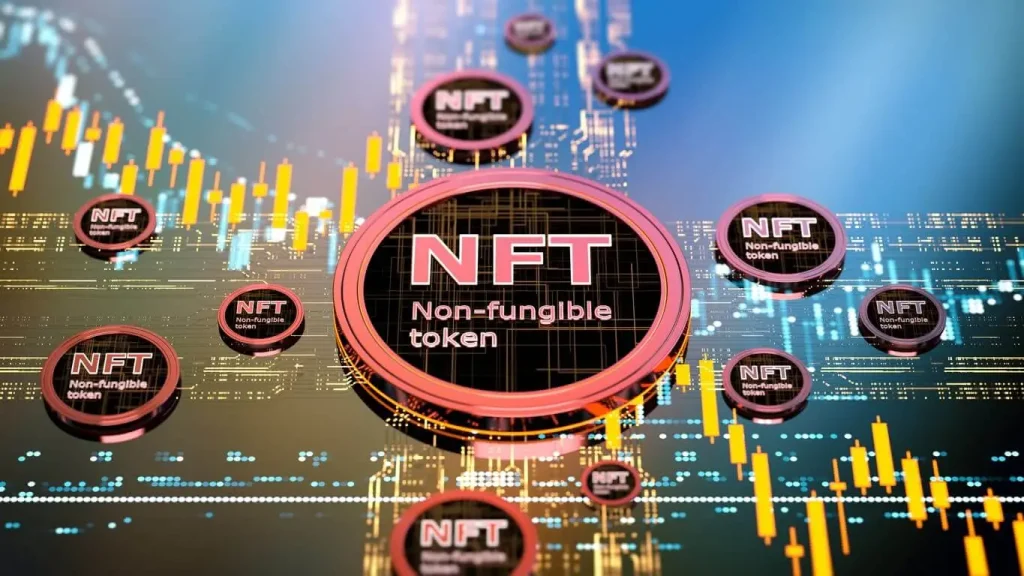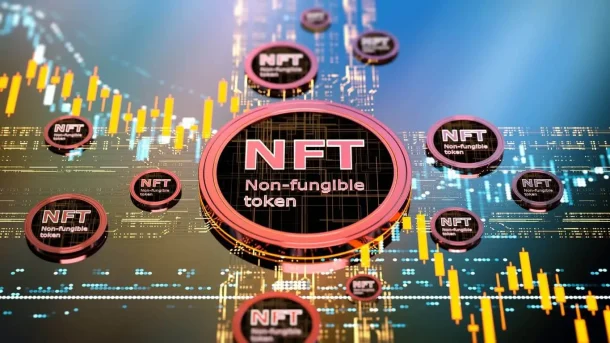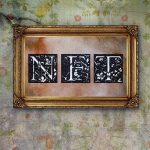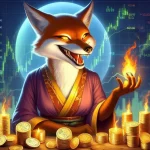Non-Fungible Tokens or NFTs exploded in popularity in early 2021, capturing the imagination of artists, collectors and investors. NFTs use blockchain to uniquely certify ownership of digital creations like images, videos or other media. This allows creatives to monetize work and buyers to invest in exclusive digital assets. Let’s explore what NFTs are, examples of notable NFT projects, and implications of their rising influence.

Content
What are NFTs?
NFTs are cryptographic assets on a blockchain with unique identification codes and metadata that distinguish them from each other. While digital files themselves can be endlessly reproduced, NFTs create scarcity and prove ownership via blockchain. They can represent digital art, clips from videos/music, sports moments, in-game items and more.
Key Things to Know About NFTs:
- NFTs are bought and sold with cryptocurrency, their sales recorded publicly on blockchains.
- Each NFT corresponds to a specific digital file, giving owners exclusive status and rights over that file.
- The blockchain certifies an NFT’s authentication and ownership history cannot be forged or stolen.
- NFTs can generate income from resales with artists getting built-in royalties via smart contracts.
- While files are public, only the buyer has original ownership rights for things like autonomous resales.
Popular NFT Projects
Some major NFT projects that created buzz in the community include:
- Cryptopunks by Larva Labs: 10,000 unique, punk-styled avatars were early profile NFTs selling for millions.
- NBA Top Shot by Dapper Labs: NFT video highlights of NBA games transact millions in sales volume.
- Art Blocks: Cubist art cubes by Andy Saalfeld sold for $1.3 million, demonstrating NFTs’ fine art potential.
- Autoglyphs by Anthropic: AI-generated NFT characters used to represent fashion brands entering virtual worlds.
- Cryptokitties by Dapper Labs: Cute animations of rare virtual cats helped introduce broader audiences to blockchain gaming.
The explosive growth of speculative NFT sales established a devoted collector base and showed their value in validating creative ownership on chains.
Benefits of Creating and Buying NFTs
The NFT economy provides opportunities for different player groups:
- Artists can sell digital works, build fan communities and generate recurring income from resales.
- Collectors can invest in rare digital assets like first tweets or domain names with unique stories.
- Businesses use NFTs for marketing, partnerships, gaming incentives and events in virtual spaces.
- Early crypto adopters profit from speculative buying, long term holders gain by owning masterworks.
With enough demand, NFTs let creative expression and digital scarcity find monetary value, bypassing traditional corporate structures that intermediate such markets.
Challenges and Criticisms
NFTs face rebuttals on environmental impact of blockchains, lack of legal IP recourse, difficulty in valuing speculative jpegs and hoarding wealth in virtual items instead of benefiting humanity.
- Carbon footprint of energy-intensive Ethereum blockchain where most trade will likely drop as it pivots to greener protocols.
- Art reproductions can still circulate freely despite NFT sales, with no copyright-like physical controls over file use.
- Possibility of market bubbles if valuations are divorced from intrinsic worth akin to tulip mania of 1637.
NFT devotees counter these saying blockchains are evolving sustainably while NFTs simply introduce fair transaction protocols for digital ownership regardless of future prices.
Future Potential
NFT market capitalization surged to billions, indicating they have moved beyond a niche phenomenon. Future directions could include:
- Expanding into virtual fashion, architecture, video/music NFTs accessed via metaverses and virtual worlds.
- Integrations with DeFi through loans against NFT collateral, staking capabilities and community DAO structures.
- Licensing and reselling NFT content rights through smart contracts could generate recurring royalties streams.
- Greater institutional embrace due to tradable assets, transparency and fractionally owning high-value collectibles.
While challenges remain on use cases and tangible worth, NFTs undeniably represent emergence of new creator revenue streams and investing opportunities amid digital ownership revolution on public ledgers.
Conclusion
As a new type of cryptographic asset, NFTs provide novel ways for creatives to monetize digital work and investors to speculate on rare virtual goods. Their ability to amplify fan engagement and prove sole ownership online make for compelling applications. With evolving market maturity and blockchain sustainability, NFTs may prove transformational for digital economies, depending on addressing current criticisms substantively over time.

Randal Daly has been following the crypto space since 2024. He is a passionate advocate for blockchain technology, and believes that it will have a profound impact on how people live their lives. In addition to being an avid blogger, Randal also enjoys writing about developments in the industry as well as providing useful guides to help those who are new to this exciting frontier of finance and technology.




